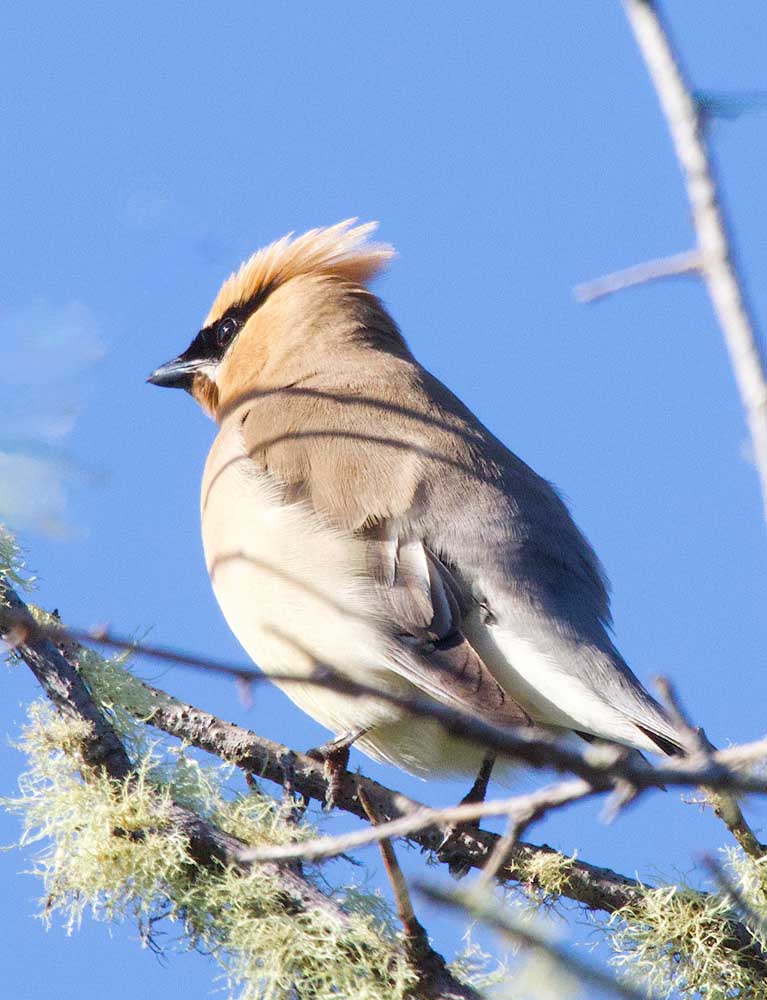Birding: Glorious late-summer days on shore of Willapa Bay
Published 12:03 pm Thursday, August 29, 2024

- Cedar waxwings seem to be everywhere catching insects on the wing. They perch on branches in a small flock and one by one they fly off to put on a aerobatic show. The engage in excellent maneuvers that allow for snatching insects during their performance.
Yesterday, I was once again reminded of the magic of August.
Hundreds of double-crested cormorants gathered along edge of Willapa Bay’s mudflats. As the tide receded other species joined them to rest and perhaps feed. Great blue herons, several hundred gulls, a murder of crows and a few Caspian terns joined the party. The attraction was the beautiful quiet, resting places on the mudflats provided by Willapa Bay. A few shorebirds made their way across the mudflats too. A few small ducks, probably green-winged teal, were on the move across the blue, blue sky of the early morning. It was a glorious day!
Yesterday evening the magic continued. Very large flocks of American robins gathered and foraged along the tree-lined roadside edges of Stackpole Road. As the light of day faded and evening began to descend, barn swallows were everywhere flying over the fields snatching insects from the air as they flew, just as they did in the coolness of the morning.
What a difference a day makes! This morning was calm as the tide began to ebb on Willapa Bay. A few great blues, a few gulls, and a few black-bellied plovers were visible as I scanned the Bay with my binoculars and scope hoping to see the same kind of activity as I witnessed yesterday. It was not to be, at least not, this morning. However, a few songbirds were on the move. A flock of 20 or more goldfinch were foraging for insects in the wetlands and fields along the bay. Barn swallows swooped down and then skimmed over the tops of the grasses picking off insects on the wing. Cedar waxwings were moving about too. Red crossbills, most likely won’t go anywhere. They will stay with us as long as there are plenty of cones filled with seeds to satisfy their hunger. They are making their presence known with their constant twittering from the tops of the conifers.
The performance of the dawn chorus has closed for the season. The birds are quiet these days except for the occasional whinny of the downy woodpecker, the call of the northern flicker and hoarse cawing of the crows as they gathered. We will have to wait until next spring to experience the lilt of the dawn chorus once more.
Fall migration is on. It will become more noticeable as the warmth of summer fades and the coolness of autumn begins to emerge. This change is but only a few weeks away. Look forward to it. It is an exciting time. Happy birding!









